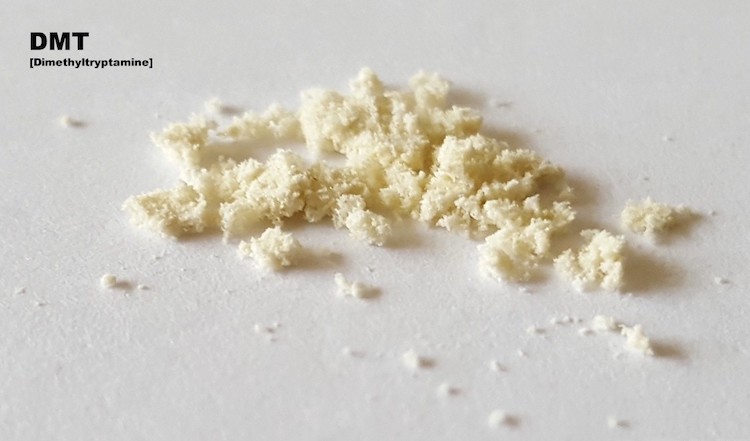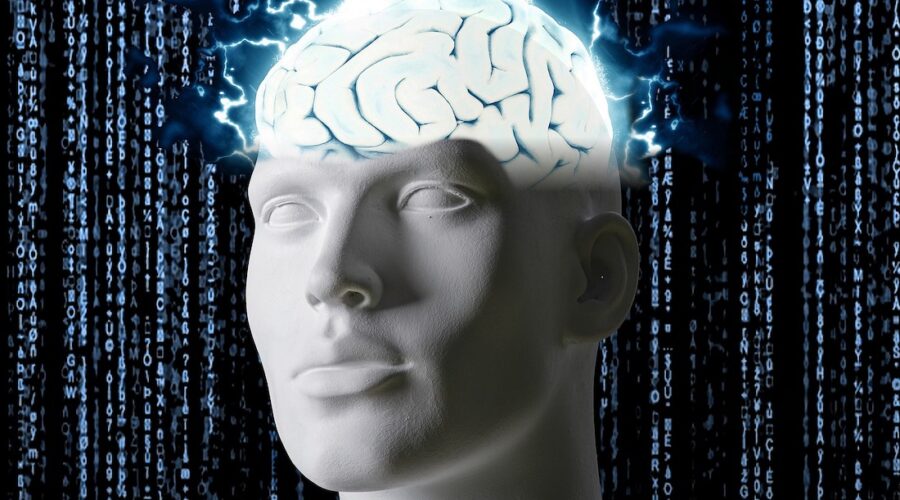Ayahuasca vs. DMT: The Differences You Should Know
The interest in psychedelics is growing rapidly, with people not only wondering about them individually, but also how they compare to one another. What can be said when comparing ayahuasca vs. DMT? How do they differ from one another, if at all?
RELATED: What Is 4-ACO-DMT, And Is It Legal?
What Is DMT?

DMT, fully named N, N-dimethyltryptamine, and sometimes called Dimitri or fantasia, is a hallucinogenic drug that falls under the tryptamine family of psychedelics. Tryptamines are a broad class of classical or serotonergic hallucinogens. These can create changes in perception, thoughts, and mood. They primarily act as agonists of serotonin’s 5-HT2A receptor.
5-HT2A receptors are widely distributed around the frontal cortex of the brain. These areas are essential for learning and cognition. They are also easily targeted and activated by hallucinogenic drugs which helps promote the secretion of serotonin.
Interested in joining a Psychedelics Clinical Trial? Sign up here now and we will connect you with a clinical trial in your area when one becomes available.
DMT is categorized as Schedule I controlled substance in the U.S., which means that it’s illegal to manufacture, buy, possess, or distribute. And even though some cities have managed to decriminalize it, it’s still illegal under state and federal law.
Those who take it describe strong visual and sensory hallucinations, sometimes feeling like they’re having out-of-body experiences and near-death situations, as well as visiting other worlds. Since a DMT trip can be pretty strong, the comedown may also be rough, with people describing unsettling and unpleasant feelings.
DMT is a natural psychedelic, so it occurs in some plants. One of these plants is ayahuasca.
What Is Ayahuasca?

Ayahuasca has been a sacred drink for many Amazonian tribes for thousands of years. Its journey into the psychedelic world began when scientists discovered its impressive molecular structure. Its main part is DMT, which comes from admixture plants, like Psychotria viridis. These are boiled with the “mother” or main plant: the ayahuasca vine.
The second part of ayahuasca which makes it so special and therefore, a hallucinogenic drug, is harmine, a harmala extract found in Banisteriopsis caapi vine. These two combined alter the state of the one who drinks the brew and create visual and sensory distortions, also known as hallucinations. The most important role of harmine is its responsibility to inhibit the processes in the stomach, especially monoamine oxidase (MOA). This prevents the psychoactive ingredients from reaching the bloodstream and, eventually, the brain.
RELATED: Ketamine vs MDMA – A Deep Dive Into Two New Therapies
Ayahuasca vs. DMT: They Are Different In Form

Ayahuasca comes in the form of a drink, a brew or tea. It comes with strict supervision from a shaman who brews it and performs a spiritual ceremony. If you’re really taking it as a part of a ceremony, expect many different stages of preparation before you even ingest the tea, as shamans take it very seriously and strongly believe in ayahuasca’s healing properties.
It’s often best to abstain from alcohol, caffeine, cigarettes, other drugs, and even sex to purify your body before ingesting ayahuasca.
On the other hand, synthetic DMT comes in the form of a white, crystallized powder. It can then be injected, vaporized, snorted, or smoked. Usually, people take it as a party drug that enhances their experience with visual distortions and feeling outside their bodies.
RELATED: What Is 5-MeO-DMT – The World’s Most Powerful Psychoactive Substance
Ayahuasca vs. DMT: Each Reacts Differently In The Body
Since ayahuasca is a drink, it’s important to note how enzymes in the stomach break it down. They then convert into smaller compounds, which easily exit from the body through urination. This way, the psychoactive ingredients would never reach the bloodstream and the brain.
That’s where harmine, the second compound comes into play, and helps slow down the work of the enzymes, managing to let the DMT molecules pass through and create hallucinations.
Since DMT is not taken in the form of a drink, it bypasses the stomach altogether, allowing the molecules to get to the brain before enzymes break it down. This makes the feeling of “being high” that much more effective and fast-acting.
Ayahuasca And DMT Trips Last Differently
Ayahuasca is often taken as a part of a spiritual, shamanistic ceremony, which takes place throughout a night. The trip itself may last up to six hours with some effects that can take even longer. After ingesting the Ayahuasca brew, most people start to feel its effects within 20–60 minutes and they are dose-dependent, meaning the more you take — the longer the trip.
Once taken, a DMT trip kicks in pretty fast, within 5-10 min. The intensity and duration depend on the dosage, but also on whether you’ve taken it by itself or in a combination of different drugs, as well as have you eaten any food beforehand. Usually, the effects last 30-45 minutes as the human body seems to metabolize it pretty fast.
One study shows that, when injected, DMT reaches peak levels around 10-15 minutes later, and is already below the level of detection in under one hour.
RELATED: Modernized vs. Traditional Ayahuasca Ceremonies: Which is Right For You?
Ayahuasca vs. DMT: Each Has Different Side Effects
Ayahuasca has been beneficial for thousands of years, helping cleanse the body of toxicity and bad spirits. Once taken, it’s not uncommon to experience extreme vomiting and diarrhea, as means of flushing all negativity out.
For some, these side effects are pretty strong and usually something that deters them from ever taking ayahuasca again. Other side effects may include strong visual, auditory, and sensory hallucinations, euphoria, and even fear and paranoia. Although powerful, all of these are quite common and even expected while purifying and purging throughout the session.
And since the trip can last a while, some people may go into panic mode. This is why it’s important to have someone guiding and supervising you when taking ayahuasca. It’s not uncommon to start losing control and end up having a bad trip.
On the other hand, the side effects of DMT aren’t as potent. They usually include strong and vivid hallucinations, feelings of euphoria and floating, an altered sense of time and space, and feeling detached from oneself. Physical purging does not normally occur, so it’s easy to see why some prefer it to ayahuasca. This is especially true since the trip lasts for a much shorter time period.
Ayahuasca And DMT Have A Different Legal Status
Ayahuasca isn’t illegal, per se, but DMT is a Schedule I substance, therefore making it illegal. Since DMT is a crucial part of ayahuasca, its legal status is therefore a bit complicated. That’s why the discussion surrounding legal hallucinogens is tricky.
Ayahuasca is a crucial part of specific religious ceremonies. Therefore, in 2006, the Supreme Court ruled that members of a New Mexico church can legally use it as their sacramental right. Santo Daime and União do Vegetal (UDV) are Brazilian “ayahuasca churches” with branches in the U.S. Each uses the psychedelic in their regular sessions.
Some U.S. cities — like Oakland, CA, Washington DC, Santa Cruz, CA, Denver, CO, and Ann Arbor, MI — have decriminalized psilocybin and other natural psychedelics. This includes ayahuasca. The ruling means that both possession and use can no longer lead to punishment. Still, under federal and state laws, you can’t do the same in any other city nearby.
DMT by itself is still completely illegal, even in the aforementioned cities.
Final Thoughts
Even though some consider ayahuasca and DMT to be one and the same, they aren’t. Ayahuasca may contain DMT as one of its two crucial parts. However, the way people use them, as well as their side effects and legality, drastically differ.



